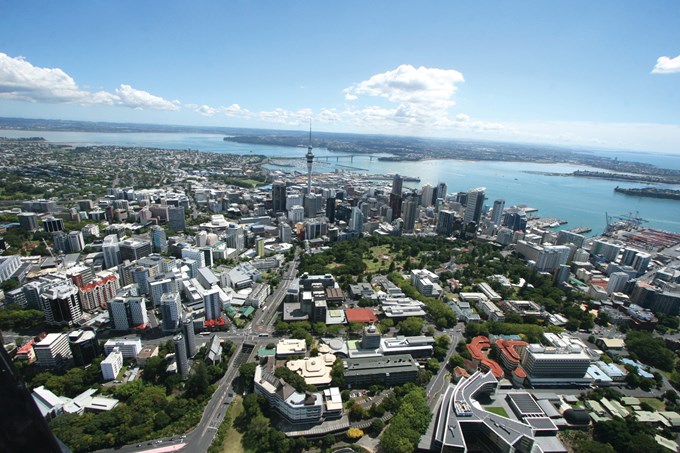Professor Philippa Howden-Chapman is the Director of He Kainga Oranga/the Housing and Health Research Programme at the University of Otago, Wellington. In the second of a two-part interview, she spoke to OurAuckland about the health costs of living in cold, damp houses, and why we need a warrant of fitness for rental homes.
Read part one of the interview.
OurAuckland: Thirty-five per cent of Auckland households are now renting. The government has moved to impose some minimum standards for rental accommodation. Do these go far enough? What would you like to see happen from here?
Philippa Howden-Chapman: The government has moved to impose minimum standards for rental housing in an inadequate and unbalanced way. It is hard to see how insulation standards alone, that are based on 1978 requirements, are going to make a significant difference to the widespread problem of damp mouldy flats.
Rental Warrant of Fitness needed
Our Rental Warrant of Fitness, based on two decades of housing and health research by He Kainga Oranga/Housing and Health Research Programme, also includes insulation, ventilation, heating and checks for safety hazards that are checked by independent building inspectors.
It’s been trialled by the Auckland Council and four other councils, and has largely been well received by landlords and tenants, who see the sense in improving and maintaining standards, for the tenants and the property.
Our housing has always been pretty poor standard in NZ, but look at us: we survived, even thrived, with a bit of cold and mould! What is the cost of unhealthy homes?
Those of us who are middle-aged and are lucky enough to be in good health without serious disabilities have been trained not to expect much comfort from our houses. This is not so easy if you’re very young, or an older person with heart or respiratory problems, whose risks of dying go up markedly in cold weather.
Each year, 50,000 children are admitted to hospital for conditions we think are avoidable if our housing was warm and dry.
Our evaluation of the first 45,000 households in the Warm Up New Zealand programme showed that children in these houses, compared to children in uninsulated houses, had 6 per cent fewer hospitalisations, and those in rental houses that were insulated were 19 per cent less likely to be hospitalised.
Retrofitting insulation is a simple, straight-forward, but very effective social policy investment, which is supported by almost all political parties. I sincerely hope it continues until the remaining two-thirds of houses built before the 1980s are retrofitted.
The social housing models of New Zealand-past seem to have been abandoned. Would you like to see them revived? In the same form, or repurposed for the 21st century?
Our post-war models of state housing set the standard for affordable housing in New Zealand and elsewhere for decades. It included both stand-alone houses, medium-density housing and modernist apartments and was linked by walkways, trams and railways to local parks, schools and beaches. Without fanfare this earlier development role of Housing NZ is now being revived and I strongly support this.
Housing NZ has important role to play
No other housing organisation has the development experience to build to the necessary and urgently needed scale. Housing NZ has the financial base, the aggregated land parcels and the experience of working in partnership with the private sector, iwi and communities.
Moreover, Housing NZ is charged with a crucial public good, building reasonably priced, quality rental housing, which is a segment of the housing market that does not attract private developers, who need to make a profit to survive. There are some outstanding examples of new mixed developments in Auckland managed by Housing NZ, where state housing tenants and homeowners live side-by-side in attractive medium-density housing.
There are also some interesting consortium models in Auckland, such as Hobsonville, and more recently the Waimahia Inlet development, which is being undertaken by a new partnership between the Tamaki Collective, The Māori Trustee, CORT Community Housing and the Housing Foundation and has built over 100 affordable houses.


